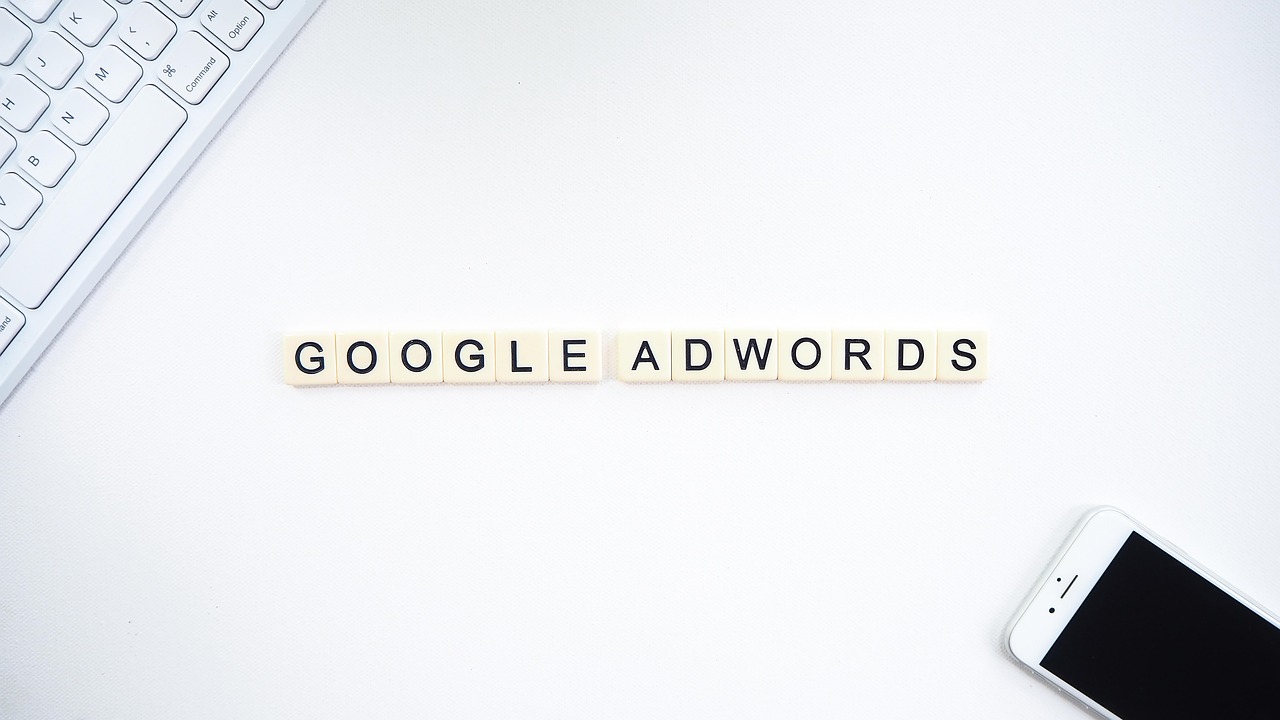Imagine showing a potential customer exactly what they were looking at on your website, right when they’re most likely to buy. That’s the power of remarketing, and with the rise of artificial intelligence, it’s becoming more personalized, efficient, and effective than ever before. This blog post will dive deep into the world of AI remarketing tools, exploring how they can transform your advertising strategy and boost your conversion rates.
Understanding AI-Powered Remarketing
What is AI Remarketing?
AI remarketing takes traditional remarketing to the next level by leveraging artificial intelligence to personalize ad experiences based on individual user behavior, preferences, and predicted outcomes. Instead of simply showing ads to everyone who visited your website, AI analyzes data points to understand why they left and what might entice them to return and convert.
How AI Enhances Traditional Remarketing
Traditional remarketing relies on broad audience segmentation, whereas AI allows for granular personalization. Here’s how AI improves the process:
- Personalized Ad Content: AI can dynamically adjust ad copy, images, and offers based on a user’s browsing history, past purchases, and even real-time contextual data. For example, if a user browsed a specific model of running shoe, the AI can generate an ad showcasing that exact shoe with a limited-time discount.
- Optimized Bidding: AI algorithms analyze vast amounts of data to optimize bidding strategies, ensuring that you’re spending your advertising budget effectively. They can predict the likelihood of conversion for each user and adjust bids accordingly, maximizing your ROI.
- Improved Audience Targeting: AI can identify new audiences that resemble your best customers, expanding your reach to potential buyers who might otherwise have been missed. This “lookalike audience” creation is far more sophisticated than traditional methods.
- Dynamic Product Recommendations: Based on browsing history and purchase patterns, AI can recommend other products or services that a user might be interested in, increasing the chances of an up-sell or cross-sell. For instance, someone who purchased a camera might be shown ads for related accessories like lenses or tripods.
Benefits of Using AI in Remarketing
- Increased Conversion Rates: By showing highly relevant and personalized ads, AI can significantly improve conversion rates compared to traditional remarketing campaigns.
- Higher ROI: Optimized bidding and improved targeting ensure that your advertising budget is spent efficiently, leading to a higher return on investment.
- Improved Customer Experience: Personalized ads provide a more relevant and engaging experience for customers, increasing their likelihood of returning to your website and making a purchase.
- Enhanced Audience Segmentation: AI allows for more precise audience segmentation, enabling you to target specific groups of users with tailored messaging.
- Automation and Efficiency: AI automates many of the tasks involved in remarketing, freeing up your time to focus on other strategic initiatives.
Key Features of AI Remarketing Tools
Predictive Analytics
AI algorithms analyze historical data to predict future customer behavior. This allows you to:
- Identify high-value customers: Focus your efforts on users most likely to convert.
- Predict churn: Identify users at risk of abandoning your brand and proactively offer incentives to retain them.
- Forecast demand: Anticipate fluctuations in demand for specific products or services and adjust your advertising accordingly.
- Example: An e-commerce business uses predictive analytics to identify users who have abandoned their shopping cart but are still likely to purchase. They then send these users a personalized email with a special discount code, prompting them to complete their purchase.
Dynamic Creative Optimization (DCO)
DCO leverages AI to automatically generate and test different ad variations, optimizing for the best performance. This includes:
- Headline testing: Trying different headlines to see which ones resonate most with users.
- Image optimization: Selecting the most appealing images based on user preferences.
- Call-to-action (CTA) experimentation: Testing different CTAs to drive clicks and conversions.
- Example: A travel agency uses DCO to test different images of vacation destinations. The AI algorithm learns that users who have previously searched for beach vacations are more likely to click on ads featuring sunny beaches, while those who searched for mountain getaways respond better to ads featuring scenic mountain views.
Personalization at Scale
AI enables you to personalize ad experiences for each individual user without manual effort. This includes:
- Product recommendations: Showcasing products that are relevant to a user’s browsing history and purchase patterns.
- Personalized offers: Providing discounts and promotions tailored to individual user needs and preferences.
- Contextual messaging: Delivering messages that are relevant to a user’s current location, device, and time of day.
- Example: A clothing retailer uses AI to personalize its remarketing ads based on a user’s past purchases. If a user has previously purchased a blue shirt, the AI might show them ads for other blue shirts or accessories that complement their existing wardrobe.
Implementing AI Remarketing: A Step-by-Step Guide
1. Define Your Goals
Before you start using AI remarketing tools, it’s important to define your goals. What do you want to achieve with your campaigns?
- Increase sales?
- Generate leads?
- Improve brand awareness?
- Reduce cart abandonment?
2. Choose the Right AI Remarketing Tool
There are many AI remarketing tools available, each with its own strengths and weaknesses. Some popular options include:
- Google Ads Smart Bidding: Uses machine learning to optimize bids in real-time.
- Facebook Ads AI-Powered Features: Leverage Facebook’s vast data to target users with personalized ads.
- AdRoll: Offers a comprehensive platform for cross-channel remarketing powered by AI.
- Retargeter: Specializes in retargeting ads and personalizing the journey from ad to purchase.
Consider your budget, technical expertise, and specific needs when choosing a tool.
3. Integrate Data Sources
To effectively use AI remarketing, you need to integrate your data sources. This includes:
- Website data: Track user behavior on your website using tools like Google Analytics.
- CRM data: Integrate your customer relationship management (CRM) system to access customer data.
- Advertising data: Connect your advertising accounts (e.g., Google Ads, Facebook Ads) to track campaign performance.
4. Segment Your Audience
While AI can personalize ads on an individual level, it’s still important to segment your audience. Consider creating segments based on:
- Website behavior: Users who visited specific pages, added items to their cart, or abandoned their purchase.
- Demographics: Age, gender, location, and other demographic data.
- Purchase history: Customers who have made previous purchases or are subscribed to your email list.
5. Create Personalized Ad Experiences
Use AI to create personalized ad experiences that resonate with your target audience. This includes:
- Dynamic ad copy: Use AI to generate ad copy that is relevant to a user’s search queries and browsing history.
- Personalized images: Show images of products or services that a user has previously viewed or purchased.
- Custom offers: Provide discounts and promotions tailored to individual user needs and preferences.
6. Monitor and Optimize Your Campaigns
Continuously monitor your AI remarketing campaigns and make adjustments as needed. Track key metrics such as:
- Click-through rate (CTR)
- Conversion rate
- Cost per acquisition (CPA)
- Return on ad spend (ROAS)*
Use A/B testing to experiment with different ad variations and identify what works best for your audience.
Challenges and Considerations
Data Privacy
With great power comes great responsibility. AI remarketing relies heavily on user data, so it’s essential to comply with data privacy regulations such as GDPR and CCPA. Be transparent about how you collect and use data, and provide users with the ability to opt out of tracking.
Algorithm Bias
AI algorithms are trained on data, and if that data is biased, the algorithm will also be biased. This can lead to unfair or discriminatory outcomes. Be aware of the potential for bias and take steps to mitigate it, such as using diverse datasets and regularly auditing your algorithms.
Over-Personalization
While personalization is generally a good thing, it’s possible to overdo it. Showing users ads that are too personalized can be creepy or intrusive. Strive for a balance between personalization and privacy.
Cost and Complexity
Implementing AI remarketing can be costly and complex. You may need to invest in new software, hire data scientists, and train your marketing team. Carefully consider the costs and benefits before investing in AI remarketing.
Conclusion
AI remarketing tools offer a powerful way to personalize ad experiences, improve conversion rates, and maximize ROI. By understanding the key features of these tools, implementing them effectively, and addressing the associated challenges, you can leverage the power of AI to transform your advertising strategy and achieve your marketing goals. Embrace the future of remarketing and start exploring the potential of AI today.




